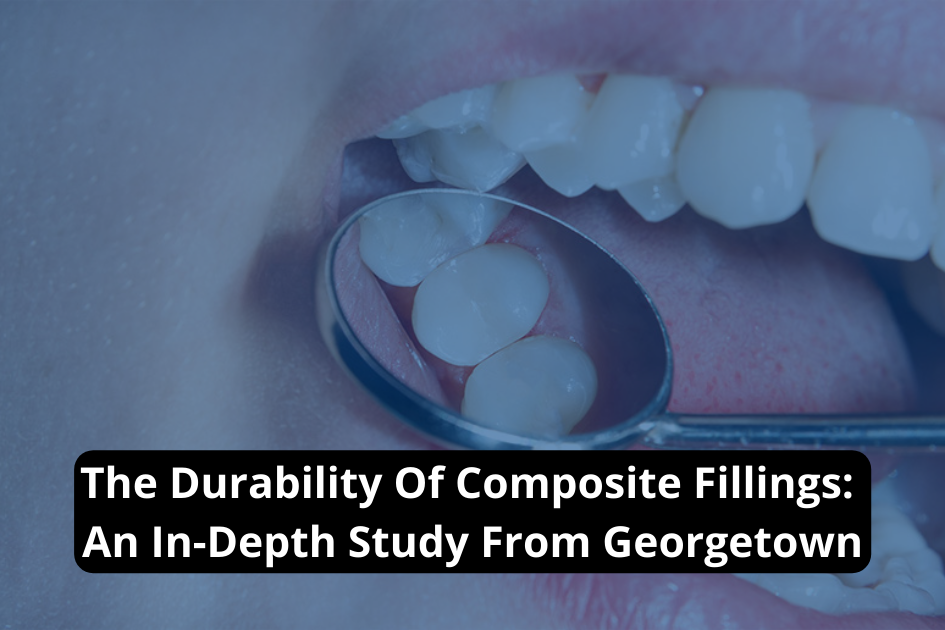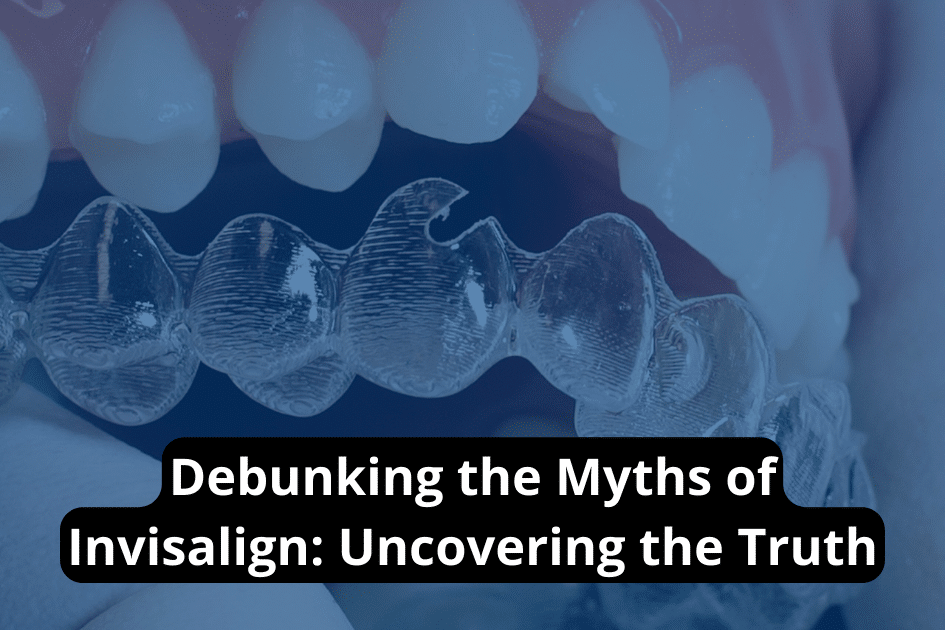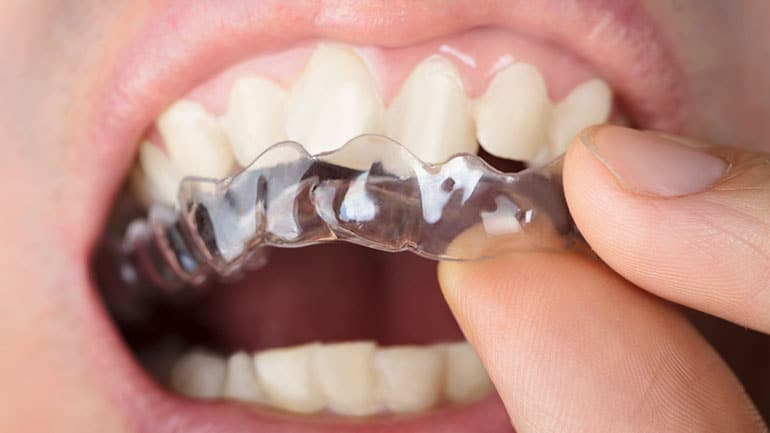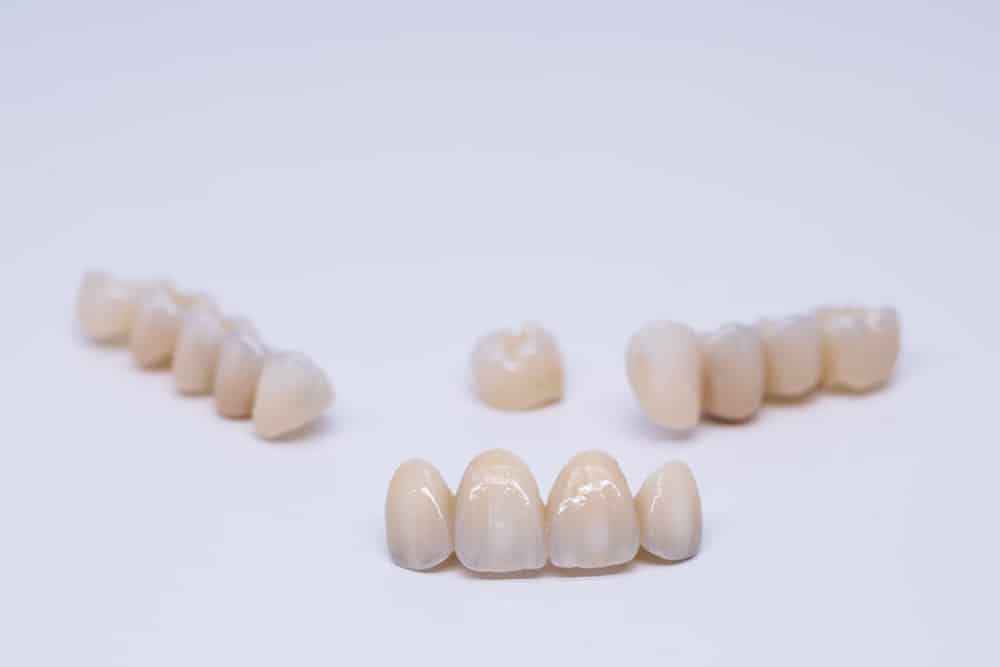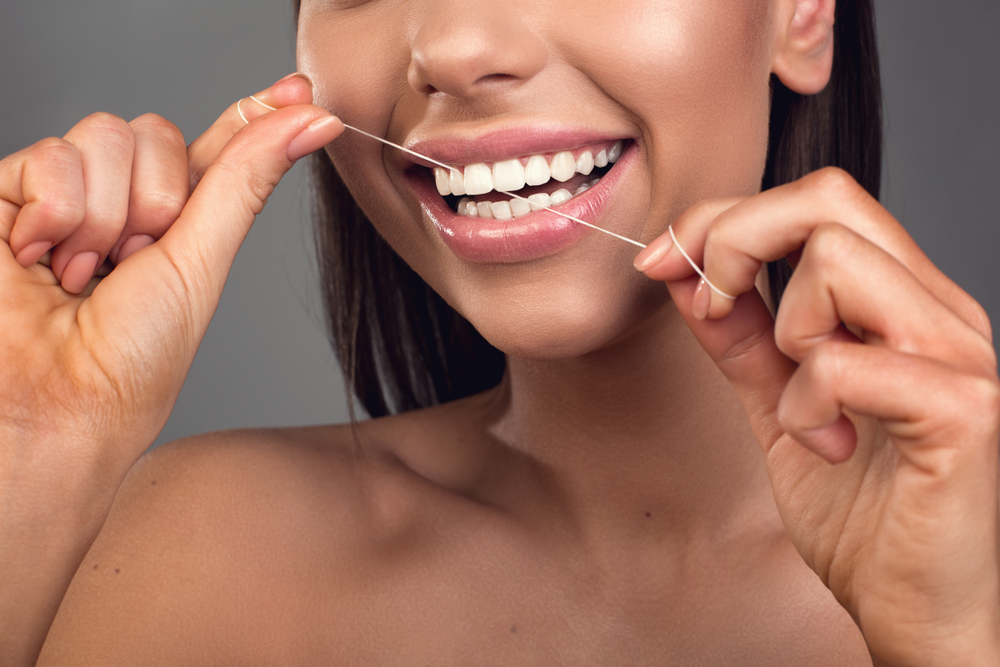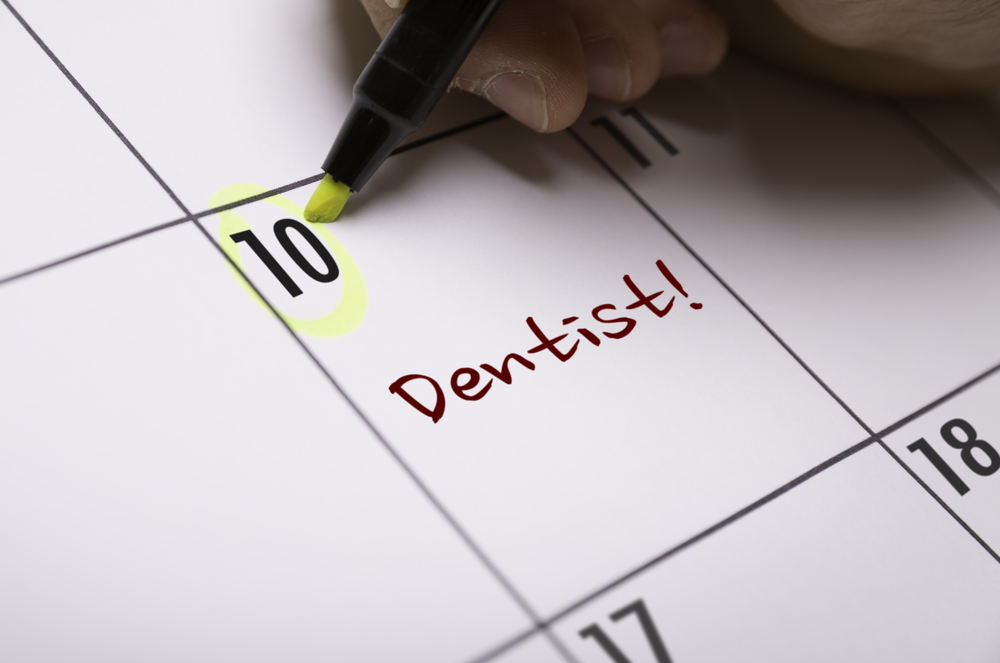When it comes to dental fillings, one of the most popular options that we come across is composite fillings. Not only do they provide a natural appearance by closely matching the color of our teeth, but they also offer strength and durability.
However, as with any dental procedure, it’s essential to understand how long these fillings are likely to last and what factors can influence their lifespan. In this in-depth study from Georgetown, we’ll explore the durability of composite fillings and discuss ways to extend their life.
In order to give you a comprehensive understanding of composite fillings‘ longevity, we’ve collected relevant research studies and analyzed various factors that can impact their lifespan. Through this evidence-based approach, we aim to provide you with precise information on what you can expect from your composite fillings – as well as tips for ensuring they last as long as possible.
So let’s dive into the world of composite fillings and discover what makes them such a popular choice in Georgetown!
Composite Fillings: What Are They?
So, what exactly are composite fillings, you ask?
Composite fillings are a type of dental filling material made from a mixture of tooth-colored plastic and glass particles. They are designed to restore the natural appearance and function of teeth affected by decay or damage. At Family Dental of Teravista with Dr. Brandon Hoffman, we use composite fillings as a preferred option for patients seeking an aesthetic solution for their dental needs.
The process of getting a composite filling is relatively simple and straightforward. First, Dr. Hoffman will remove any decayed or damaged parts of the tooth. Next, he will apply the composite material in layers, using a special light to harden each layer as it’s applied. This ensures that the filling bonds securely to your tooth structure while maintaining its shape and strength. The final step involves shaping and polishing the surface of the filling to match your natural teeth’s contour and appearance.
Composite fillings have numerous advantages over other types of dental restorations such as amalgam (silver) fillings or gold inlays/onlays. A significant benefit is that they blend seamlessly with your existing tooth structure due to their natural-looking coloration, providing an excellent cosmetic result without sacrificing durability or function. Additionally, because they bond directly to your tooth’s surface rather than merely being packed into place like some other materials (e.g., amalgam), they can provide increased support for weakened teeth while reducing sensitivity caused by temperature changes in foods or beverages you consume throughout the day. This makes them an ideal choice for many patients at Family Dental of Teravista with Dr. Brandon Hoffman!
Factors Influencing the Lifespan of Composite Fillings
You might be wondering how certain factors play a role in the lifespan of your pearly white restorations, like dental hygiene’s impact, the location and size of the restoration, and even personal habits such as smoking or grinding your teeth.
Well, let’s delve into these factors and see how they can affect the durability of composite fillings. Dental hygiene plays a crucial role in maintaining not only your overall oral health but also the longevity of any dental restorations, including composite fillings. A consistent routine of brushing twice daily with fluoride toothpaste, flossing regularly, and attending routine dental check-ups can help ensure that your fillings last longer by preventing decay around their edges.
The location and size of a filling can also have a significant impact on its durability. Fillings located on biting surfaces or in areas where there is greater wear from chewing will likely experience more stress than those situated elsewhere in the mouth.
Larger fillings often require more removal of tooth structure to accommodate them; thus making them potentially weaker due to less natural tooth support. Moreover, larger fillings may face higher chances of recurrent decay over time because they cover a greater surface area which may be harder to clean effectively through regular brushing alone.
Personal habits such as smoking or grinding your teeth (bruxism) are other factors that could negatively affect the lifespan of composite fillings. Smoking has been linked to an increased risk for gum disease and tooth loss – both scenarios potentially compromise any existing dental work you might have done before.
Grinding your teeth puts additional pressure on all aspects of your mouth – not just on natural teeth but also on any restorative work like composite fillings. This extra stress might cause premature breakage or chip away at the material leading to a need for a replacement sooner than anticipated.
So it becomes essential to address these habits if you want to get the most out of your investment in composite restorations!
Average Lifespan of Composite Fillings: What Research Says
Curious about the average lifespan of those tooth-colored restorations? Let’s dive into what research has to say about it and keep your interest piqued. The durability of composite fillings can vary significantly depending on several factors such as the type of material used, the technique applied by the dentist, and individual patient habits. However, most studies suggest that these fillings tend to last between 5 to 10 years on average.
Several studies have looked into the longevity of composite fillings in a more detailed manner. For instance, a study conducted at Georgetown University found that after five years, approximately 92% of composite restorations were still functional and intact. Another study published in the Journal of Dentistry reported an annual failure rate for posterior composites ranging between 1-3%. This means that over a period of ten years, around 80-90% of these fillings could still be considered successful.
While these statistics provide valuable insight into the general lifespan of composite fillings, it’s crucial to remember that individual cases may differ significantly based on various influencing factors mentioned earlier. A well-executed filling with high-quality materials in a patient who maintains good oral hygiene might last well beyond ten years; however, another filling in a different situation might need replacement much sooner. As such, regular dental check-ups are essential to monitor your composite fillings’ condition and address any issues promptly if they arise.
Extending the Life of Your Composite Fillings
It’s no coincidence that maintaining your tooth-colored restorations’ longevity involves a combination of diligent oral care and regular dental visits, as they truly go hand in hand. Taking proper care of your teeth after getting composite fillings will not only help extend their lifespan but also promote overall oral health.
In this article, we’ll discuss some essential steps to follow for extending the life of your composite fillings.
1. Maintain good oral hygiene: Brushing at least twice a day with fluoride toothpaste and flossing daily helps remove plaque and prevent decay around the filling.
2. Avoid hard and sticky foods: Chewing on hard or sticky foods can cause unnecessary stress on your composite fillings, leading to chipping or dislodging them.
3. Wear a mouthguard if needed: If you suffer from bruxism (teeth grinding) or participate in contact sports, wearing a mouthguard can protect your fillings from damage due to excessive force.
4. Schedule regular dental check-ups: Visiting your dentist regularly allows them to monitor the condition of your fillings and address any potential issues before they become major problems.
By incorporating these habits into our daily lives, we give our composite fillings the best chance at lasting longer while maintaining optimal oral health.
Remember that consistent dental care is crucial for preserving the integrity of our restorations; being proactive about our oral hygiene routine and scheduling regular visits with our dentist will go a long way in ensuring the durability of those beautiful tooth-colored restorations.
Don’t forget that prevention is always better than cure – by taking good care of our teeth now, we save ourselves from potential pain, discomfort, and additional expenses down the line.
Composite Fillings: A Popular Choice in Georgetown
Wondering why tooth-colored restorations are all the rage in Georgetown? The popularity of composite fillings has grown immensely over the years, largely due to their aesthetic appeal and effectiveness.
These fillings blend seamlessly with a patient’s natural tooth color, making them nearly invisible compared to traditional amalgam (metal) fillings. Additionally, composite fillings have become more reliable and durable over time as dental technology advances.
The effectiveness of composite fillings can be attributed to their strong bond with the tooth structure. This bond not only restores the tooth’s original strength but also helps prevent future decay by sealing off any potential entry points for bacteria. Moreover, since these types of restorations require less removal of healthy tooth structure than amalgam fillings, they help preserve the overall integrity of the tooth.
In Georgetown, where people value both appearance and function, it’s no surprise that many individuals are opting for this type of dental treatment when faced with cavities or other dental issues.
While composite fillings offer numerous benefits to patients in Georgetown, it’s crucial to understand that their durability depends on proper maintenance and professional dental care. Regular check-ups at your dentist will ensure your fillings remain intact and functioning optimally while also identifying any issues early on before they worsen. Furthermore, adopting good oral hygiene habits such as brushing twice daily and flossing regularly can help prolong the life of your composite restoration significantly.
With these factors in mind, it’s easy to see why composite fillings have become an increasingly popular choice among residents seeking quality dental care in Georgetown.
Conclusion
We’ve truly gone the extra mile to investigate the durability of composite fillings. Our in-depth study from Georgetown has shown that these fillings can last for a significant amount of time, depending on various factors.
By taking good care of our teeth and following our dentist’s recommendations, we can potentially extend the life of our composite fillings. They’re certainly a popular choice in Georgetown, and it’s easy to see why.

